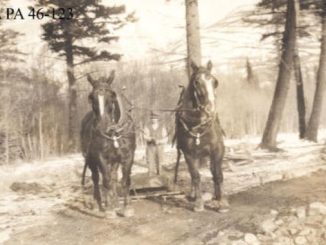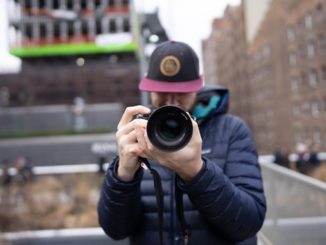“The detachment of the 65th Rifles took Robert McClellan’s ‘hotel’, built in 1884, and fortified it. They cut loopholes in the walls, built a palisade of 10-foot logs set in a 2-foot trench, erected a protective wall of planks and clay outside the walls of the stopping house and lined the palisade with planks and clay.”
~Raymond Gaetz, The Story of Fort Normandeau
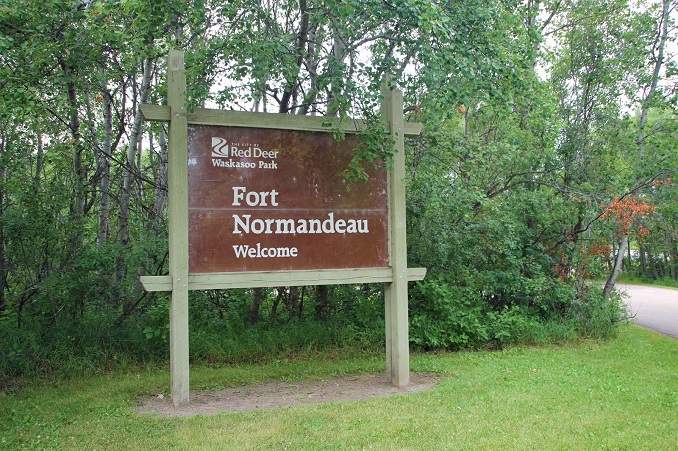
The Red Deer River is a prominent natural feature on the landscape of central Alberta. It was used for centuries by the First Nation People who came to hunt the bountiful wildlife that were found along its banks. Plains Cree referred to the river as ‘Waskasoo Seepee‘ or ‘Elk River‘ due to the large herds of elk that would gather there. Early European fur traders mistook the Elk as Scottish Red Deer and misinterpreted the name as ‘Red Deer River‘. Even though it was incorrect, the name stuck to the growing community and that name still lives on today.
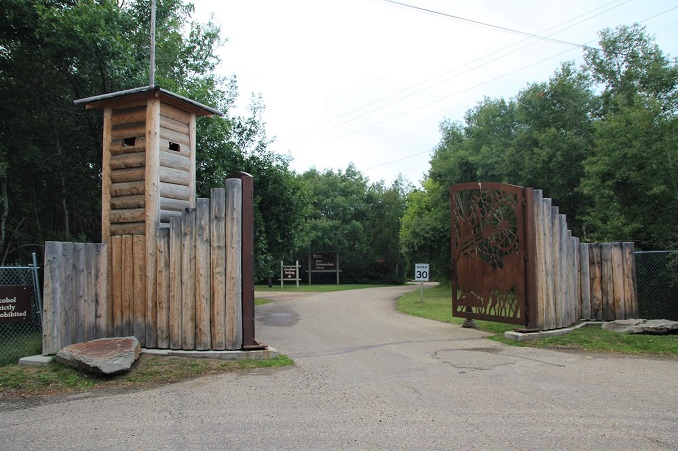
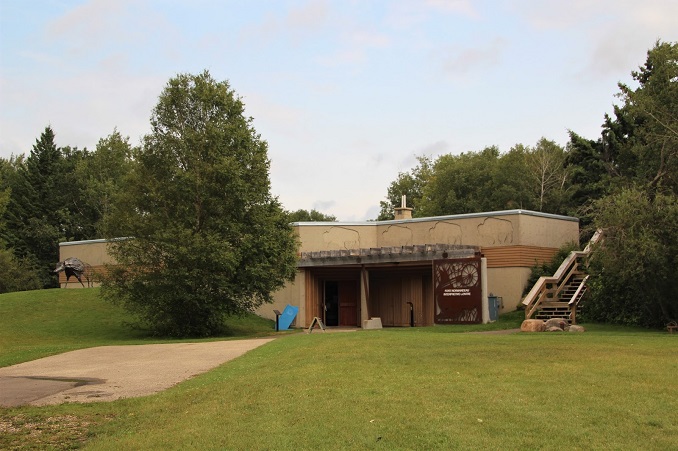
The easiest place to cross the Red Deer River was a natural shallow section a short distance west of modern-day Red Deer. Pre-contact First Nation groups used this shallow section of river for generations in order to move about the land hunting wild game. As the earliest Europeans began exploring the western frontier, the same crossing point continued to be well-used. In 1882, the first permanent settlement was created and became known as the Red Deer Crossing or simply The Crossing. The Calgary-Edmonton Trail passed through The Crossing and was a popular spot to stop during the long journey; think of it like the modern-day Gasoline Alley.
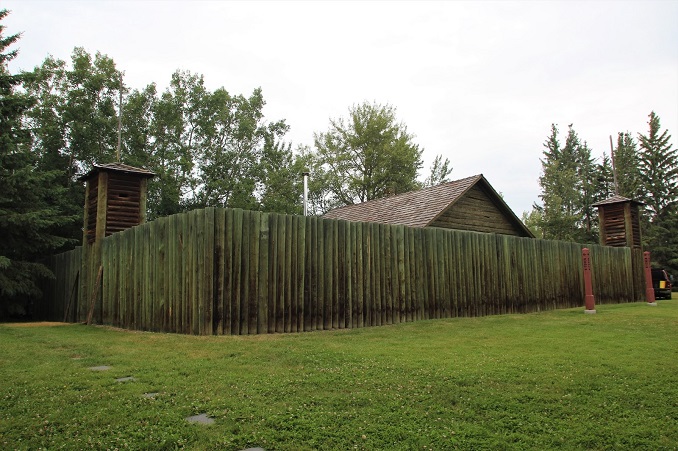
In 1884, a stopping house (also known as a hotel) was built at The Crossing by Robert McClellan. During the North-West Rebellion in 1885, the hotel was commandeered by troops under the command of Lieutenant J.E. Bedard Normandeau in order to create a military stronghold. The original log building was renovated and reinforced to create Fort Normandeau. Lieutenant Normandeau and his men were tasked with protecting the surrounding community and the Calgary-Edmonton Trail in the event of an attack. Tensions were high as several bloody battles spilled over from the District of Saskatchewan into what is present-day Alberta. Rumours of looting and violent raids spread like wildfire and many settlers fled south to the Calgary to avoid the conflict. Relationships between the First Nation, Métis, and the white settlers were strained, and due to the language barrier many were confused as to why their neighbours were suddenly afraid of them.
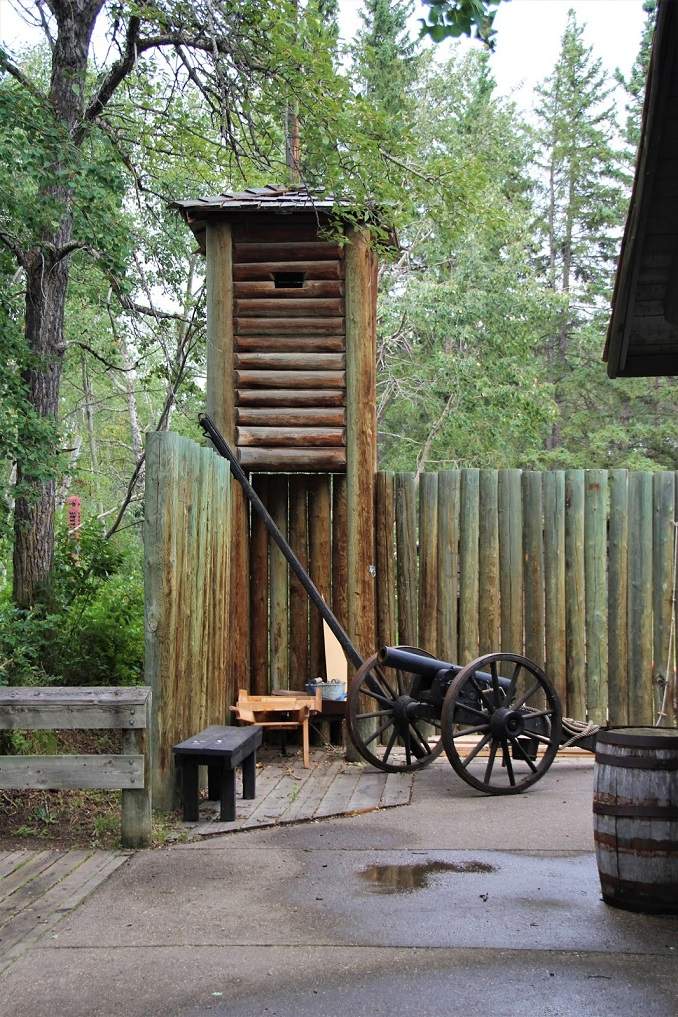
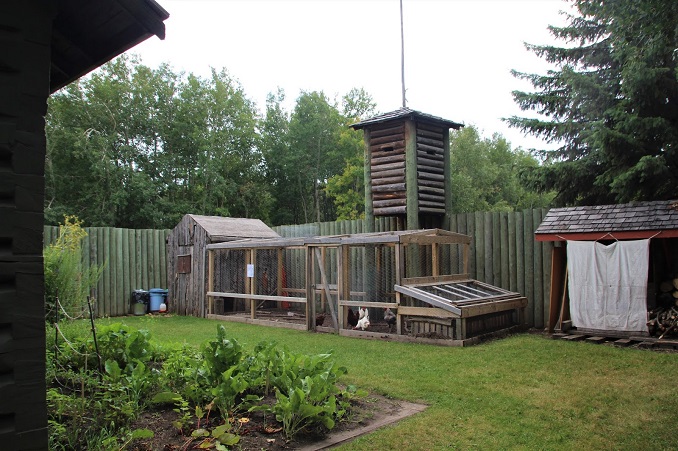
After the rebellion ended, Fort Normandeau was used as a North West Mounted Police (NWMP) headquarters from 1886 to 1893 before eventually moving to Red Deer permanently. When the NWMP vacated, the fort was left abandoned and the main building was moved and used on a farm until 1937. In 1974, the Central Alberta Pioneers and the Old Timers Association returned the fort close to its original location where it was reconstructed and opened for visitors.
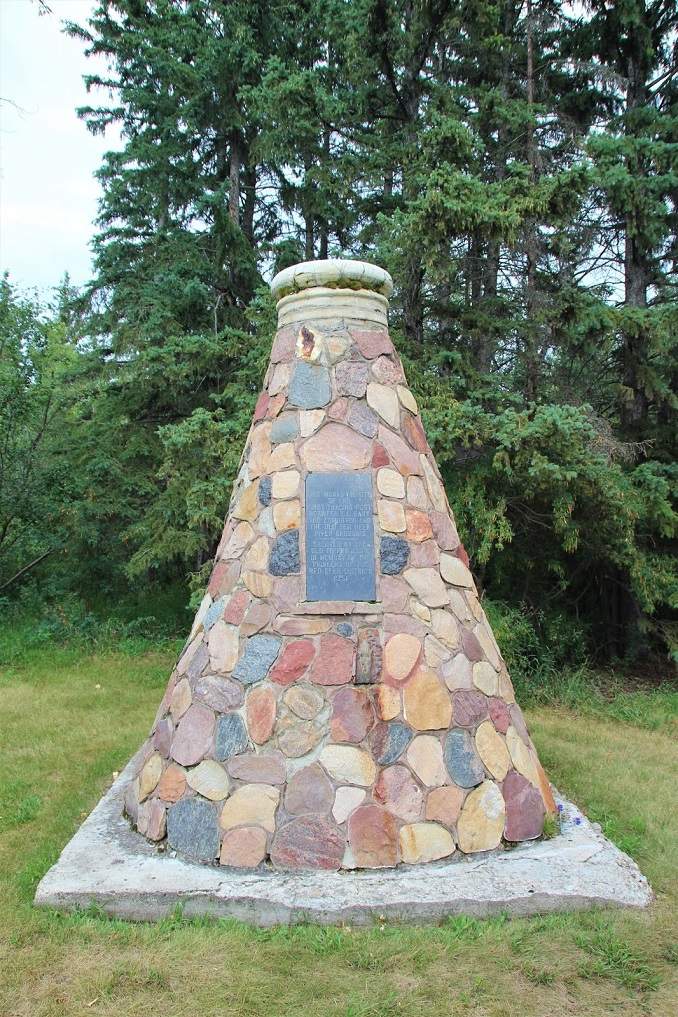
Fort Normandeau’s story may lack the drama of historic battles between First Nation groups and European settlers, but the fear of attack was very real. It’s hard to say for certain, but maybe the presence of a fortified structure complete with armed troops was enough to discourage local uprisings.
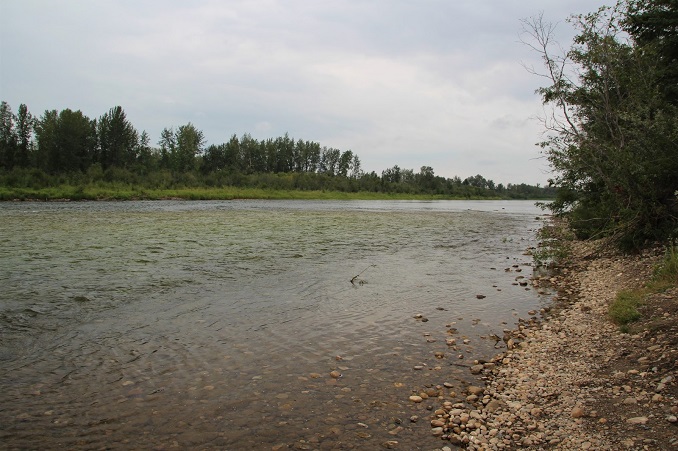
Today you can visit Fort Normandeau during the summer months and discover this exciting piece of Alberta’s history. If you liked what you’ve just read please see my previous post, From Police Outpost to Modern City, about the birthplace of Calgary and Written In Stone, about Writing-On-Stone Provincial Park with it’s historic NWMP Post.


